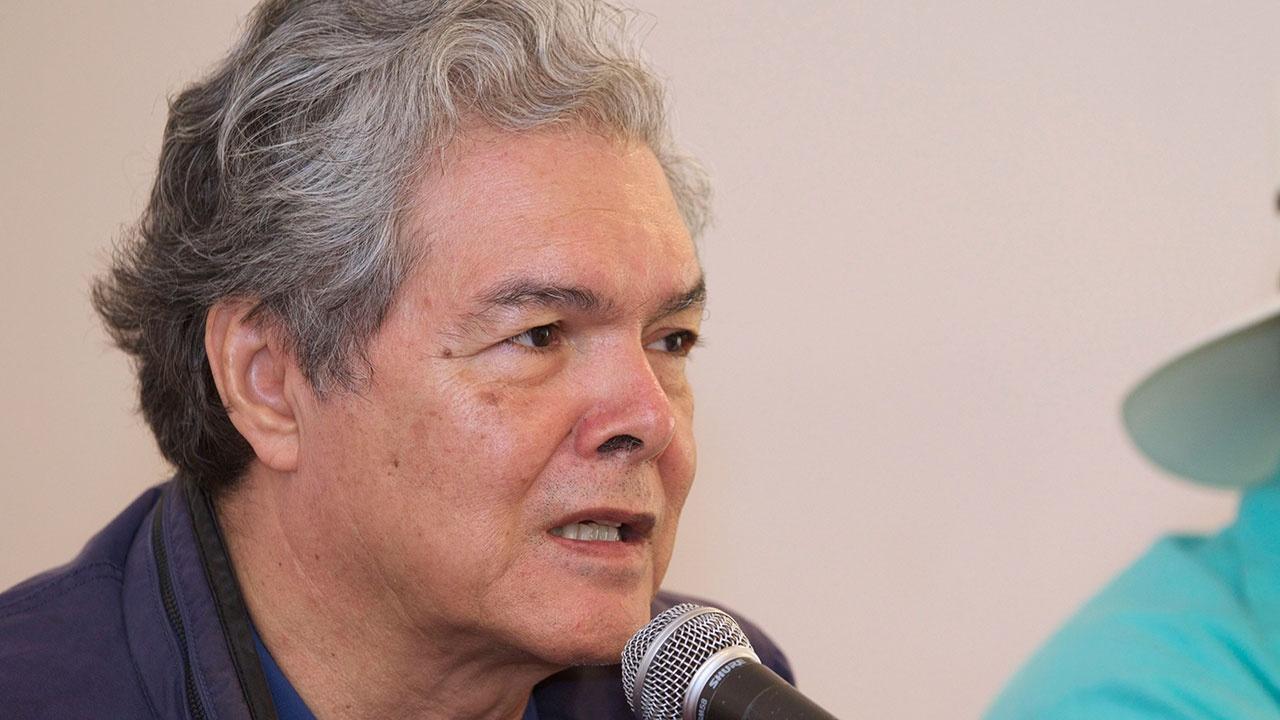You can probably name one, two, or a few American composers of our generation: John Williams, Aaron Copland, Kenneth Fuchs, or John Adams. Maybe even some Canadian composers like Allison Cameron, Colin McPhee, or Andrew Staniland. But during Hispanic Heritage Month (Sept. 15th through Oct. 15th) we're digging into great Hispanic composers, conductors, orchestras, and performers.
Arturo Márquez was the first born (in 1950) of nine children of Arturo Márquez and Aurora Navarro and the only one of nine siblings who became a musician. His father was a mariachi musician and his grandfather was a Mexican folk musician.
Márquez received a traditional music education at the Mexican Music Conservatory, and studied composition at the California Institute of the Arts. But Márquez says where he really learned the danzón sounds, the rhythms, and the melodies, was by going to the Mexico City dance hall in the early 1990s.
"It allowed me to go into the symphonic world, into the classical world,” said Márquez. “I wouldn't say easily, but with a very natural sense."
That kind of music and dance atmosphere inspired Márquez to compose not one, but a series of eight danzónes for orchestra. In fact, his “Danzón No. 2” is one of the most popular and most frequently performed orchestral Mexican contemporary classical music compositions. When it premiered in 1994 in Mexico City, the audience was ecstatic, shouting and clapping for five or six minutes.
Exciting, inspiring music by Arturo Márquez and many other Hispanic musicians will be highlighted all month long for Hispanic Heritage Month on WNED Classical. Diviértete!



